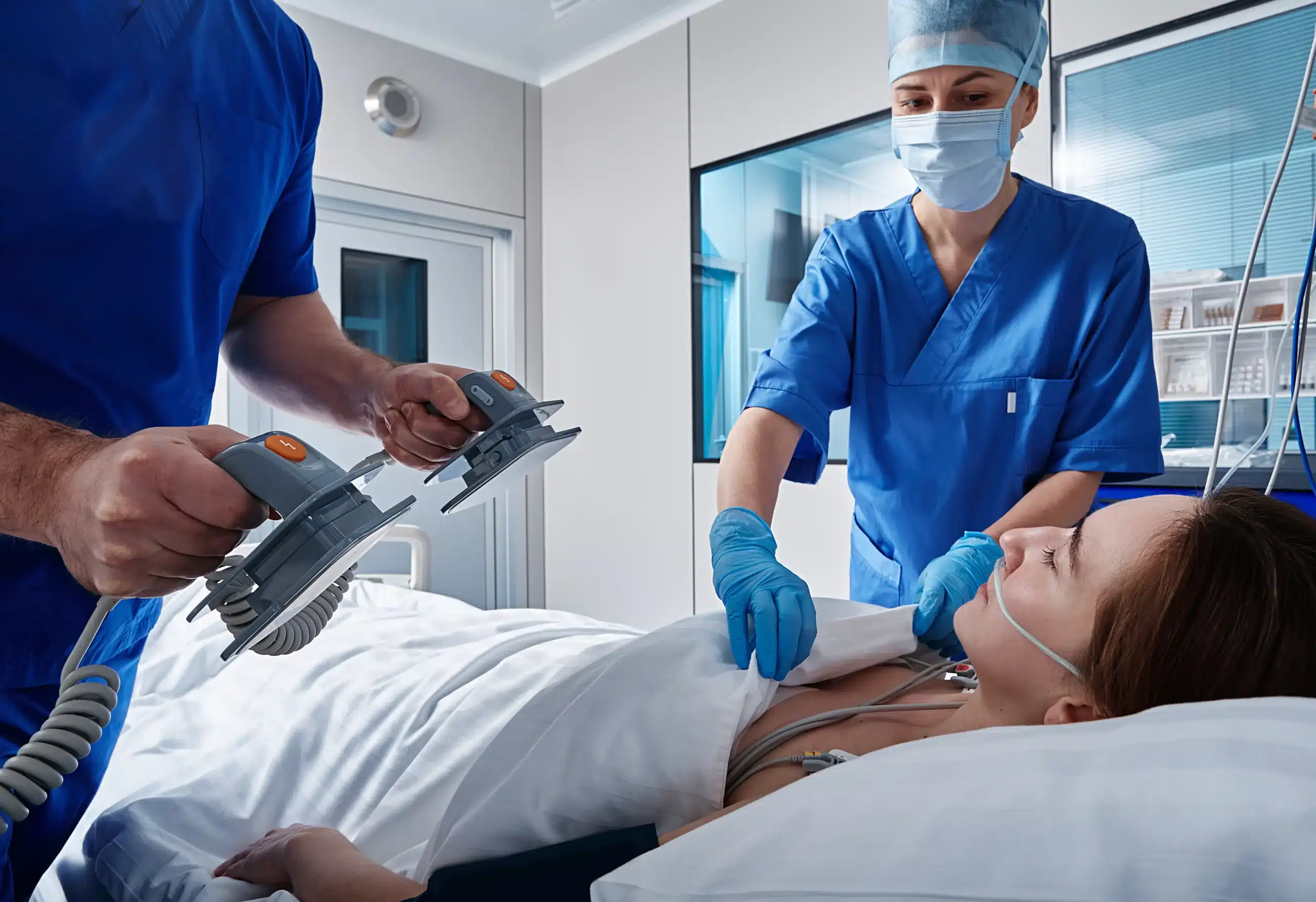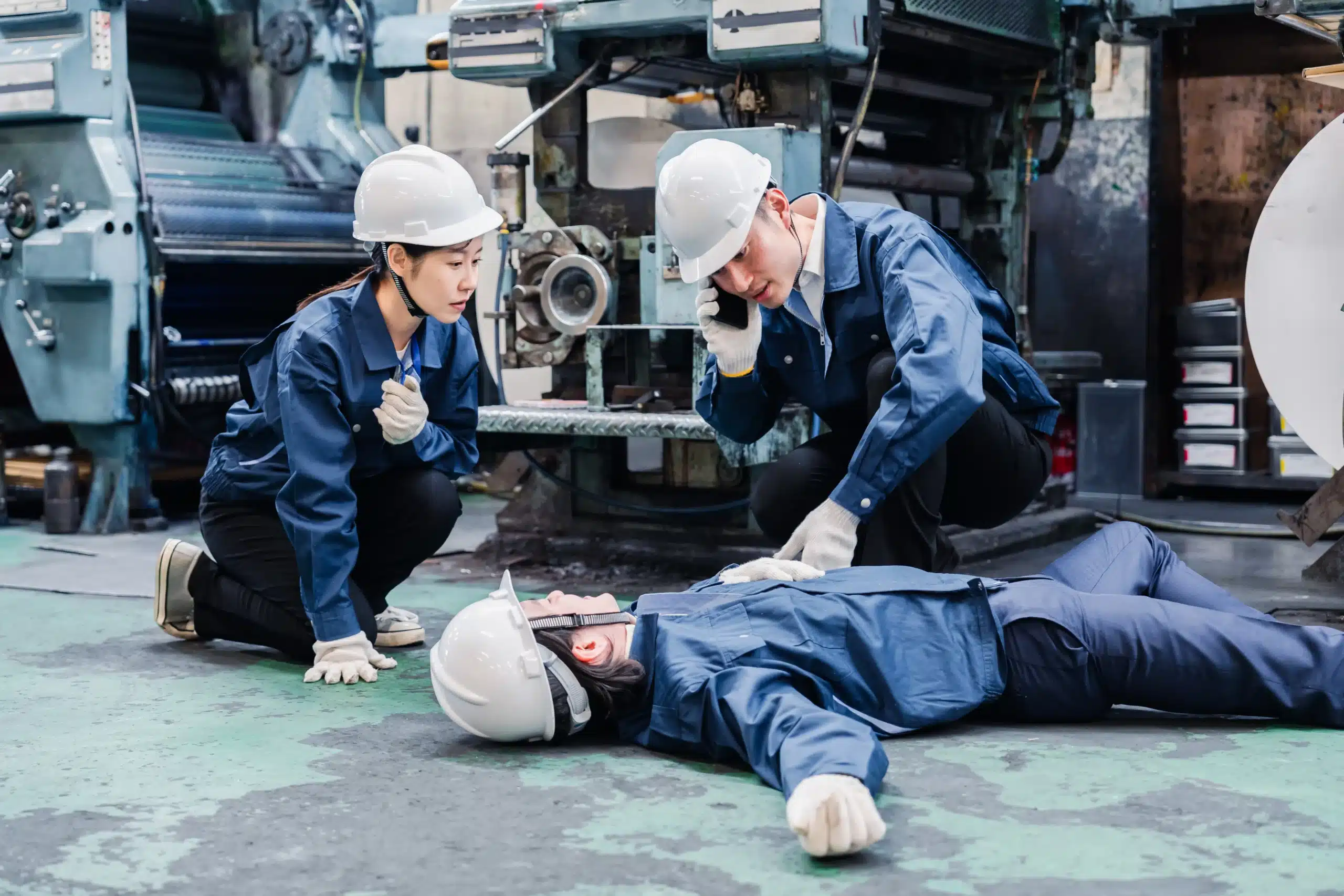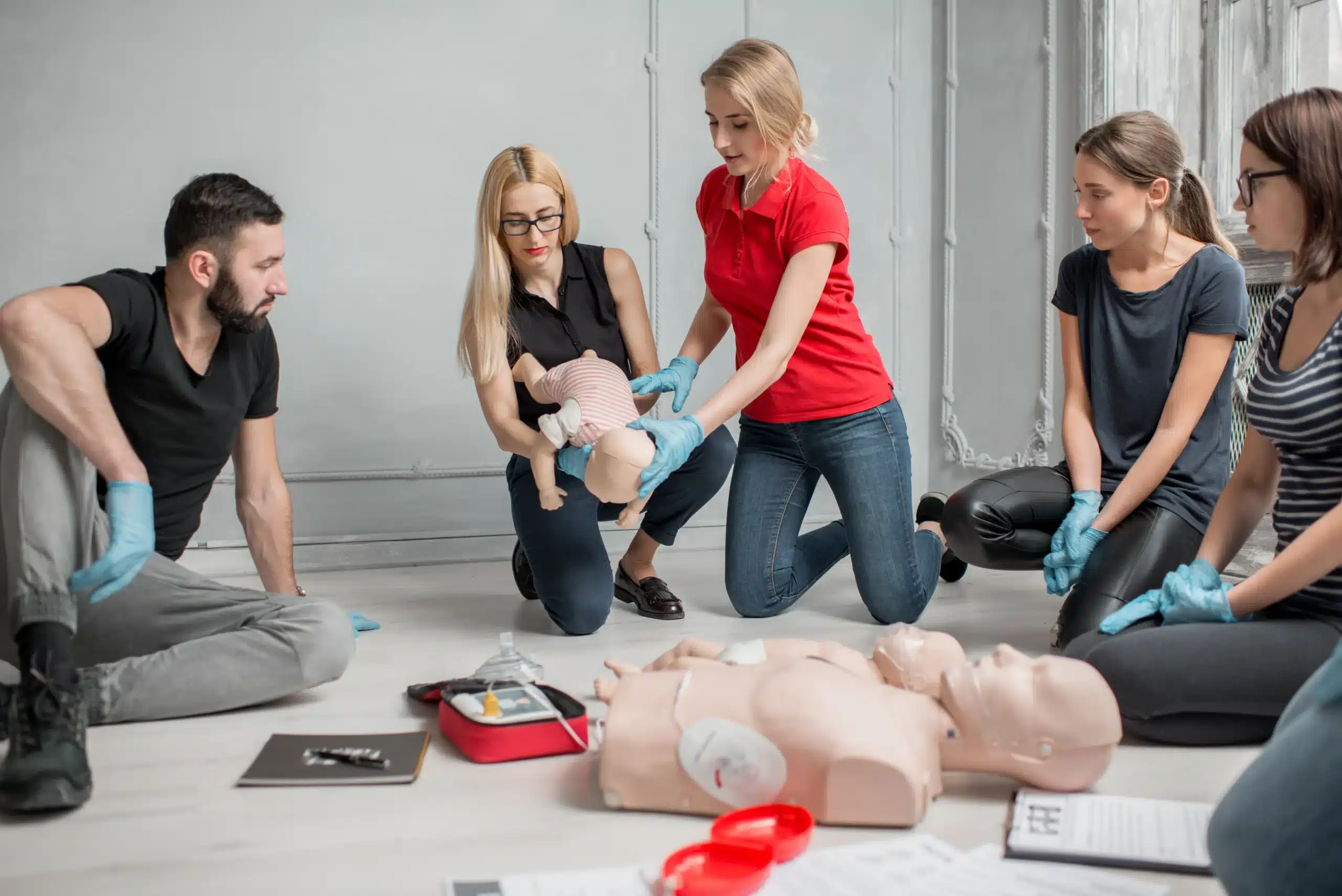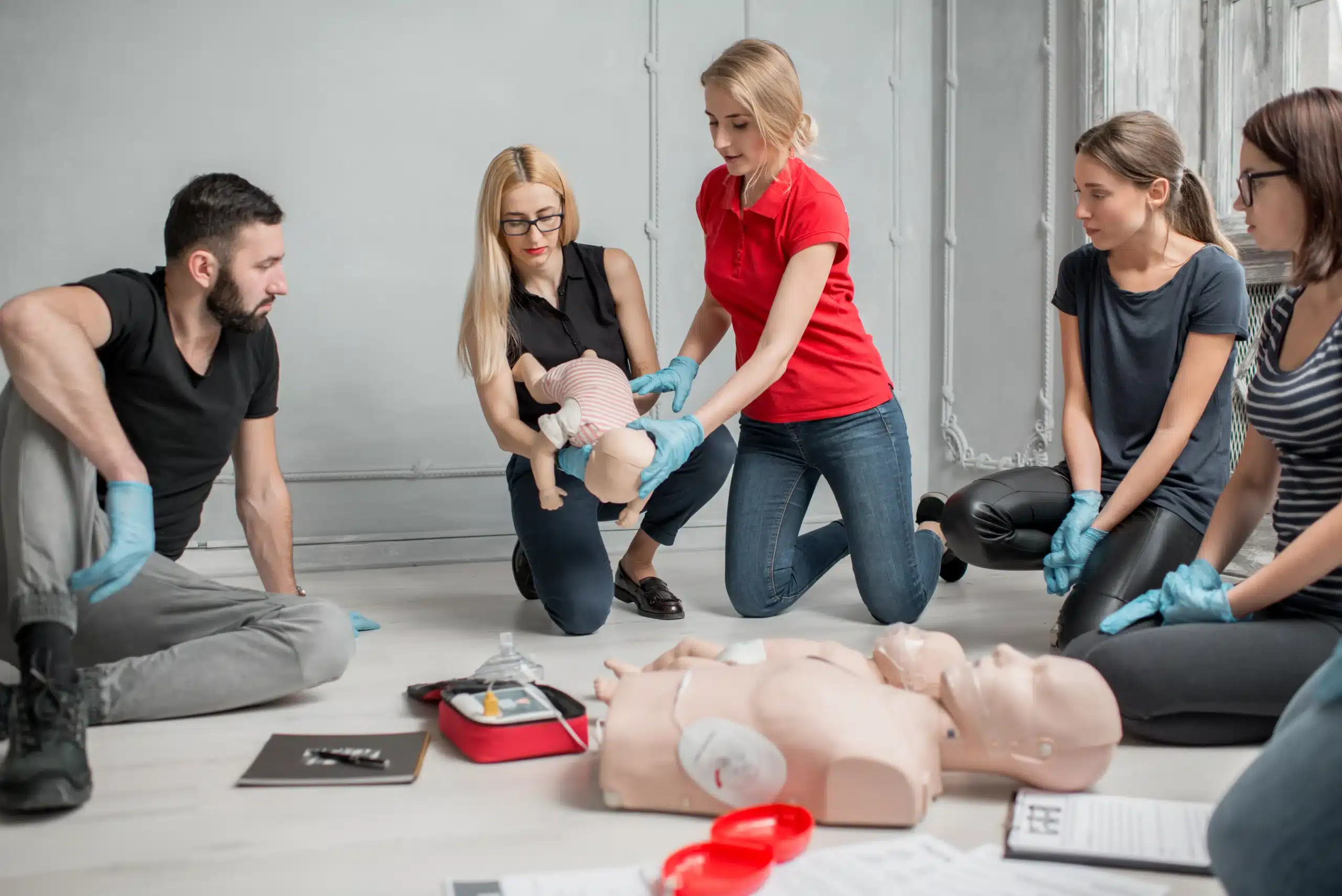Cardiopulmonary Resuscitation, commonly known as CPR, is a life-saving technique. It’s crucial in emergency situations like cardiac arrest. However, misconceptions can hinder its effectiveness. In this post, we’ll debunk some common CPR myths to help you perform CPR confidently.
CPR is Only for Medical Professionals
Many believe that only trained professionals should perform CPR. This myth could not be further from the truth. Anyone can learn CPR, and it’s vital that more people do. Immediate CPR from a bystander can double or even triple a victim’s chance of survival. While professional training can enhance skills, basic techniques are simple enough for anyone to learn and apply.
Safety Training Seminars offers AHA BLS CPR courses for non-medical individuals. These courses empower people with the knowledge they need to act in emergencies. Even without a formal class, online resources and community workshops provide valuable instructions.
Remember, acting quickly is what truly matters. Hesitation due to lack of training can cost lives. Always prioritize action over perfection.
Mouth-to-Mouth is Always Necessary
Movies and television often depict CPR with mouth-to-mouth resuscitation. This portrayal has led many to believe it is always necessary. However, this is not the case for all situations. Recent guidelines emphasize the importance of chest compressions over rescue breaths.
For adults experiencing sudden cardiac arrest, compression-only CPR is recommended. It maintains circulation until professional help arrives. For infants and children, or drowning victims, rescue breaths are still crucial. The key is to assess the situation and decide which method best suits the victim’s needs.
Understanding when to use each technique enhances your ability to help effectively. Knowledge of these distinctions can make a significant difference.
CPR Can Revive Someone Instantly
Another widespread myth is that CPR can automatically revive someone. The reality is, CPR’s primary function is to maintain blood flow. It keeps oxygen circulating to vital organs until advanced care arrives. It is unlikely to “restart” the heart on its own.
CPR buys time. Survival chances increase if CPR is administered immediately. Success depends on various factors, including response time and the victim’s health. Automated External Defibrillators (AEDs) are often necessary for restarting the heart. They’re designed to be used alongside CPR and can be crucial in reviving the victim.
Understanding CPR’s role helps set realistic expectations. It’s about extending the window for survival, not guaranteed revival.
You Can Break Someone’s Ribs Performing CPR
Fear of causing harm, like breaking ribs, often deters people from performing CPR. While it’s true that rib fractures can occur, the risk should not prevent action. Compressions must be strong enough to be effective. The possibility of injury is a small price for the chance to save a life.
It’s important to apply the correct pressure during compressions. Position your hands properly on the chest to distribute force evenly. Follow the recommended rate and depth to avoid unnecessary harm.
In life or death situations, the benefits far outweigh the potential for minor injuries. Broken ribs can heal, but cardiac arrest victims do not have that luxury.
CPR is Ineffective Without Equipment
Some believe that CPR requires special equipment to be effective. However, CPR’s beauty lies in its simplicity. Your hands and willingness to act are the most critical tools. While AEDs and barriers can enhance efforts, they’re not always available.
Focus on high-quality compressions first. They are the foundation of effective CPR. If an AED becomes available, it should be used without delay. These devices are user-friendly and provide step-by-step instructions.
Never hesitate due to lack of equipment. Basic CPR can still make the difference between life and death.
Only Adults Need CPR
Cardiac emergencies can happen to anyone, regardless of age. Infants and children can also suffer from cardiac arrest. Assuming CPR is only for adults is a dangerous misconception. Techniques vary slightly based on age and size.
For infants, use two fingers for compressions. For children, one hand may suffice. In both cases, remember to deliver gentle, yet firm, compressions. Rescue breaths are especially important for younger victims.
Recognizing the need for CPR across all ages ensures you’re prepared. It increases your ability to respond appropriately in diverse scenarios.
CPR Should Only be Performed on Unconscious Victims
There’s a common belief that CPR is only for individuals who are entirely unresponsive. In fact, CPR might be needed in some responsive cases. If someone is unable to breathe or has ineffective respiration, they may require assistance.
Always check for signs of breathing and consciousness. If the person is gasping or not breathing normally, initiate CPR. Time is critical, and waiting for complete unresponsiveness can decrease survival odds.
Knowing when to start CPR is as important as knowing how. Assessing the situation accurately allows for timely intervention.
CPR is Tiring and Not Sustainable
Many worry that performing CPR is exhausting, preventing them from sustaining it. While CPR does require physical effort, it is manageable with the correct technique. Proper body mechanics can reduce fatigue.
Use your body weight to help maintain consistent compressions. Focus on keeping your arms straight and using your upper body. Encouraging others to take turns can also help sustain efforts until help arrives.
Even brief attempts at CPR are better than none. Don’t let fear of tiredness stop you from trying to save a life.
You Must Count Aloud During CPR
Counting aloud can help maintain rhythm, but it isn’t obligatory. The goal is to achieve the correct compression rate—100 to 120 compressions per minute. Counting can be a useful tool, ensuring consistency.
If counting aloud aids your process, use it. However, it should never become a source of stress or distraction. Focus on maintaining rhythm, whether through counting or other means like listening to music with a matching tempo.
Your priority is the quality of compressions, not the counting method.
CPR is Only Needed for Heart Attacks
Associating CPR exclusively with heart attacks is misleading. Various emergencies may necessitate CPR, including choking, drowning, and drug overdoses. Recognizing these scenarios expands your readiness to perform CPR.
Assess the situation quickly. Identify any signs of distress or unconsciousness. If breathing and pulse are absent or irregular, initiate CPR regardless of the cause.
Awareness of different emergencies enhances your effectiveness. It prepares you to respond appropriately, no matter the underlying issue.
Only Men are Likely to Suffer Cardiac Arrest
Cardiac arrest doesn’t discriminate. It affects all genders, ages, and backgrounds. Believing it’s a predominantly male issue can lead to dangerous inaction. Women are equally susceptible and need immediate assistance.
Stay vigilant for signs of cardiac arrest in everyone. Bystander CPR saves lives, irrespective of gender or age. Ensure you’re ready to act whenever the need arises.
By dispelling this myth, we increase overall responsiveness and save more lives.
Conclusion – Common CPR Myths
Understanding CPR is vital for everyone. It empowers you to act swiftly and correctly in emergencies. By debunking these common CPR myths, you’re better equipped to save lives. Remember, timely CPR can double or triple survival chances. Don’t hesitate—your actions matter.






